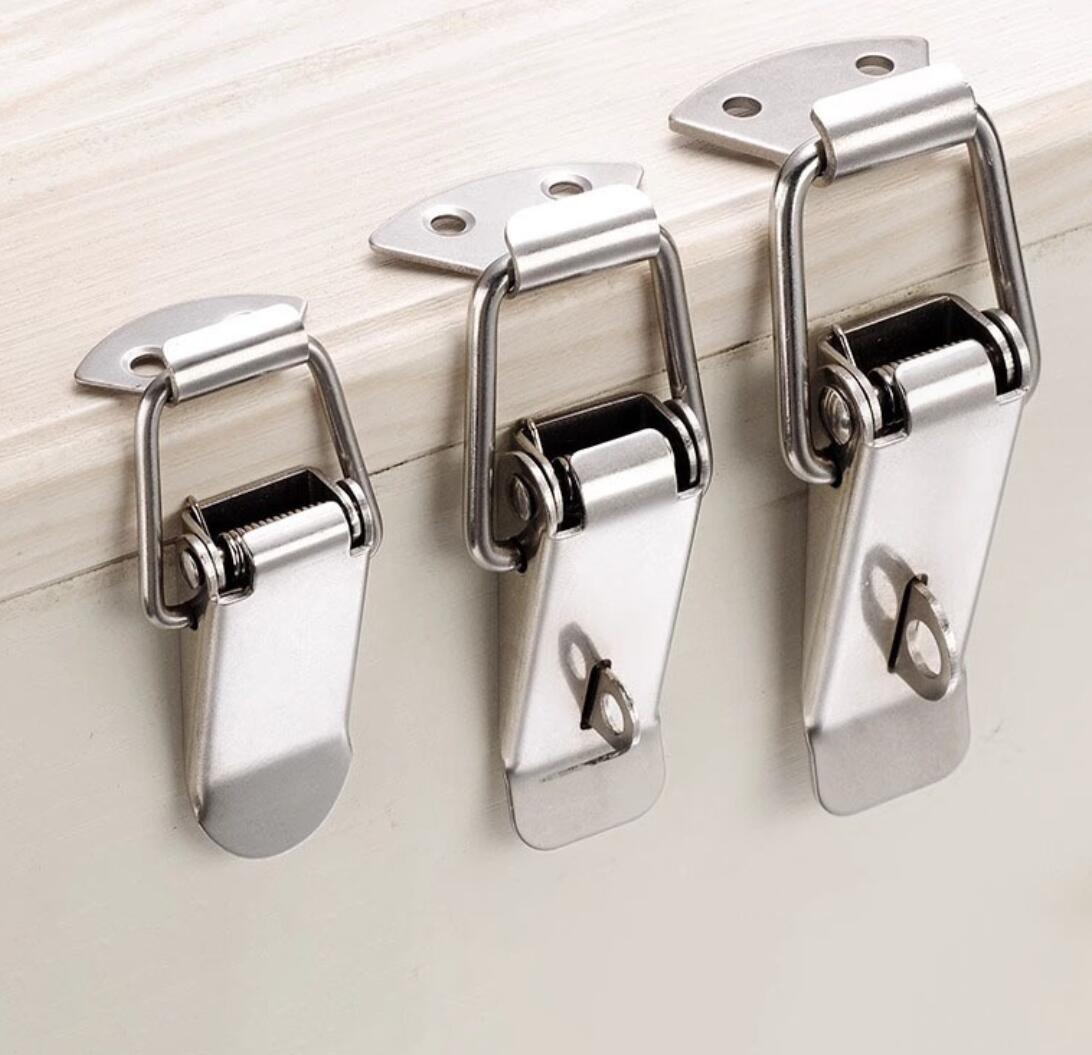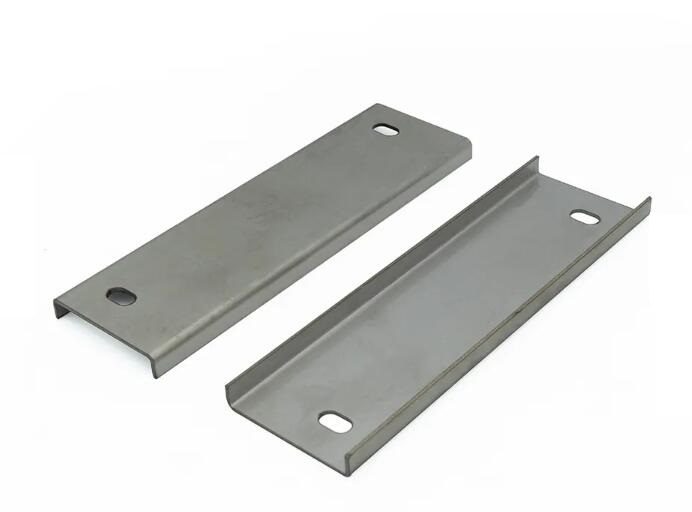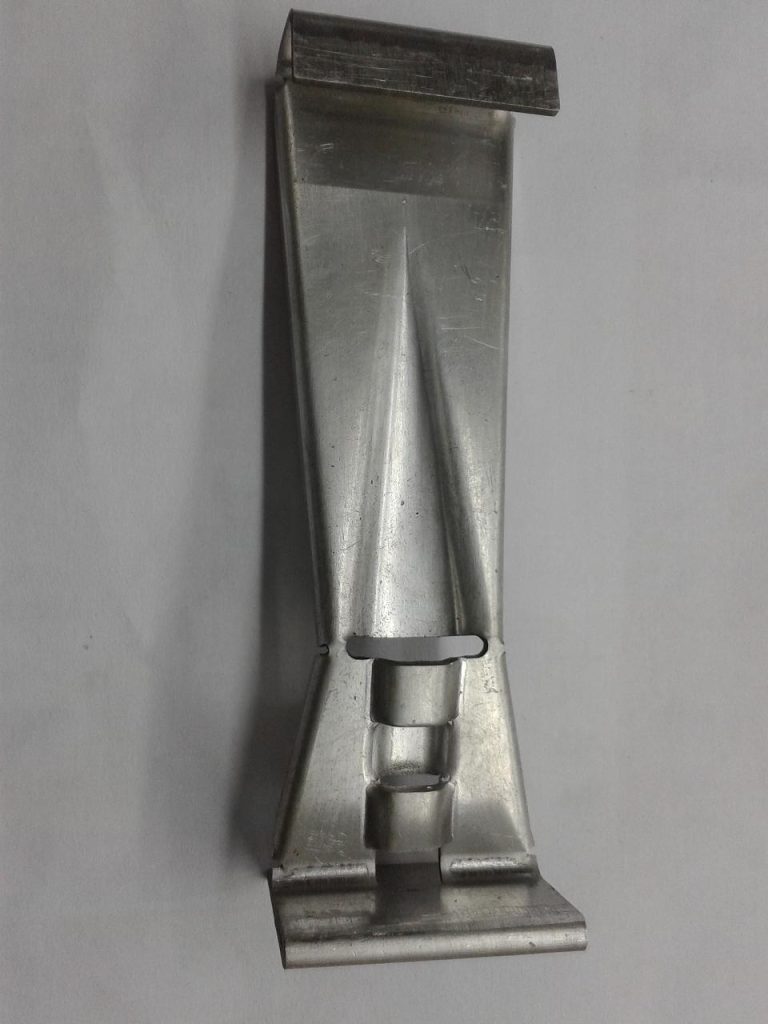Everything You Need to Know About Stainless Steel Stamping
Stainless steel stamping is a pivotal process in metal parts fabrication, and it is known for delivering durability, precision, and strength in components. This method involves forcefully pressing a piece of stainless steel between a die and a punch, creating parts for industries ranging from automotive to medical devices. What makes it particularly interesting is the blend of art and science—requiring raw force, a deep understanding of materials, and meticulous planning.
Engaging with stainless steel stamping opens up a world of possibilities. Let’s delve deeper into its nuances and how it can transform your next project.

What is Stainless steel?
Stainless steel, at its core, is an iron-based alloy, distinguished primarily by its corrosion-resistant properties. This resistance is owed to the alloy’s chromium content, at least 10.5%, which reacts with oxygen in the air to form a protective layer on the metal’s surface. This characteristic sets it apart from other steel forms, making it an ideal choice for applications where durability and longevity are paramount.
Types of Stainless steel

Austenitic stainless steels are the most common, known for their non-magnetic properties and remarkable corrosion resistance. This family includes grades like 304 and 316, staples in the food and pharmaceutical industries due to their excellent formability and weldability.
Ferritic stainless steels, such as grades 430 and 446, offer moderate corrosion resistance and are magnetic. These steels are often found in automotive parts and kitchen appliances, offering a good balance of performance and cost.
Martensitic stainless steels are hardenable by heat treatment and include grades like 410 and 420, which are magnetic and offer moderate corrosion resistance. They are used in applications requiring high strength and wear resistance, such as surgical instruments and cutlery.
Duplex stainless steels, combining austenitic and ferritic structures, boast superior strength and exceptional corrosion resistance. Grades like 2205 are used in challenging environments, such as chemical processing plants and seawater applications.
Benefits of stainless steel
With its lustrous reputation, stainless steel brings many benefits that make it a preferred material in countless applications. Its corrosion resistance is at the heart of its appeal—a hallmark feature that ensures longevity and durability in harsh environments. This resilience makes stainless steel an ideal candidate for food processing, medical devices, and marine applications, where exposure to corrosive elements is a daily challenge.
Another significant advantage is its strength-to-weight advantage. Despite being strong and durable, stainless steel can be surprisingly light compared to other metals. This property is precious in the automotive and aerospace industries, where every gram counts.
Hygiene is yet another area where stainless steel shines. Its non-porous surface does not harbor bacteria or pathogens, making it the gold standard for medical equipment, kitchen utensils, and food processing plants. This easy-to-clean material meets the strict sanitation standards required in these sectors.
Furthermore, stainless steel is aesthetically versatile. It can be finished in various ways—from a mirror-like polish to a matte finish—allowing designers and architects to incorporate it into functional and decorative elements.
Lastly, the sustainability of stainless steel must be considered. It is 100% recyclable without degradation, contributing to a circular economy and reducing the environmental impact of new product manufacturing.
What is Metal stamping?

Metal stamping is a process that impresses designs or shapes into metal sheets or strips by employing a press fitted with dies. Picture it as a powerful dance between force and precision, where sheets of metal—the dance floor—are transformed under the choreography of the stamping press. This process isn’t limited to merely cutting out shapes; it encompasses a range of techniques such as punching, embossing, bending, flanging, and coining, each adding a distinct trait to the final piece.
The versatility of metal stamping makes it indispensable across various industries. From the intricate components in your smartphone to the robust parts in automobiles and aircraft, metal stamping plays a pivotal role in manufacturing. Its allure lies in producing high volumes of identical parts with unwavering accuracy and speed, making it a cornerstone in mass production. Whether a delicate electronic connector or a sturdy automotive bracket, metal stamping brings the blueprint to life with precision and efficiency.
Applications of stainless steel stamping
- Automotive components: Fuel injectors, seatbelt components, exhaust systems, and transmission parts.
- Medical devices: Surgical instruments, dental tools, implantable devices, and orthopedic components.
- Electronics: Connectors, switches, battery contacts, and brackets.
- Aerospace parts: Panel fasteners, structural components, and engine parts.
- Consumer goods: Kitchen appliances, cutlery, and cookware.
- Building and construction: Door and window fittings, structural supports, and roofing materials.
- Industrial machinery: Valves, pumps, and fasteners.
What is the best stainless steel for metal stamping?
304 and 316 are the best stainless steel for metal stamping.
304 stainless steel is renowned for its excellent formability and corrosion resistance, making it an all-rounder in the stamping world. It’s particularly favored for parts that require good formability and are exposed to less aggressive environments. The alloy’s balanced properties make it a go-to choice for various applications, from automotive parts to household appliances.
316 stainless steel takes it a step further, especially regarding corrosion resistance. With the addition of molybdenum, 316 offers enhanced protection against chlorides and acidic substances, making it ideal for use in more demanding environments, such as marine applications or chemical processing equipment. Its superior corrosion resistance and excellent formability position 316 is the preferred choice for projects where the material will face harsher conditions.
What is the Process of Stainless Steel Stamping?
It begins with selecting the stainless steel sheet tailored to the specifications required for the end use.
Design and Tooling Creation: The journey starts in the design phase, where engineers create detailed plans for stamping dies and tools. This step is critical as it determines the part’s dimensions, tolerances, and overall functionality. Precision in design translates to efficiency in production and excellence in the final product.
Blanking: Next is the blanking process, where the stainless steel sheet is cut into smaller, manageable pieces, or “blanks,” which will be individually stamped. This step must be executed precisely to ensure optimal material utilization and minimal waste.
Forming and Drawing: The heart of stamping lies in the creating and drawing steps, where the metal is shaped into the desired form. This involves bending, stretching, and drawing the metal through various dies under high pressure. The part’s complexity dictates the number of stages and specific processes involved, with some parts requiring multiple passes to achieve the final shape.
Piercing and Cutting: Additional features, such as holes or intricate cutouts, are added through piercing and cutting operations. These steps are integrated seamlessly into stamping to create complex parts without compromising structural integrity.
Finishing: The stamped part often undergoes finishing processes, including deburring, polishing, and coating, to enhance its appearance, improve corrosion resistance, and meet any other specified requirements. This stage is tailored to the application’s needs, ensuring the part performs well and meets aesthetic standards.
Conclusion
In mastering stainless steel stamping, we unlock the potential for creating durable, precise, high-quality components essential to modern industry. Whether you’re looking to innovate in the automotive, aerospace, or medical fields, embracing the capabilities of stainless steel stamping is a strategic move. Let’s connect and transform your project’s potential into reality.

